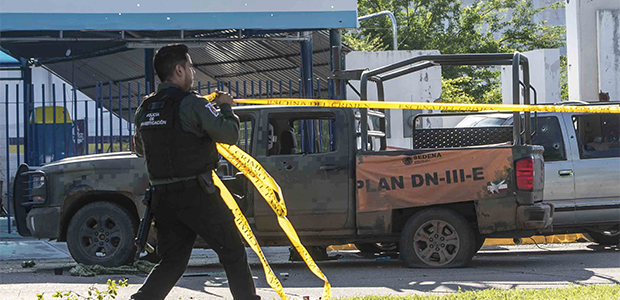Investigating "overkill" in Armed Conflicts and Situations of Insecurity

As it stands, much literature on conflict and violence is fixated on body counts and tallies. Typically, the greater the number of deaths, alongside incidents of maiming and sexual violence, the more horrific a conflict is reasoned to be. However, in the case of deaths, merely counting bodies obscures significant variation between killings and prevents scholars and practitioners from better understanding the impacts of conflict violence. When a day’s deaths are recorded as a tally, the terror instilled by certain means of killing is lost. Instead, when the type of violence is identified, its consequences—such as erosion of trust in government institutions or mass displacement—can be identified and addressed.
This research covers a distinct type of violence exemplified by notes left near dead bodies, staged dismemberments, bodies hanging from bridges, and other cases where post-mortem violence is used to convey a message to a broader audience. We refer to this violence as “overkill,” or collective violence that goes above and beyond what is necessary to kill through the post-mortem display of bodies in ways meant to generate public spectacle. Preliminary research has revealed that overkill violence varies over time and across conflicts. Conflict actors often look for the quickest way to dispatch victims, often going to great lengths to hide bodies for fear of repercussions, such as reprisals from competing groups or, especially in the case of state militaries, reprimands from human rights organizations. Given these potential costs, why would some military forces or armed groups, or individuals within these, kill civilians in this way?
Rationale: To better understand why and when armed groups use overkill and other forms of excessive violence, so that such violence can be better monitored and addressed. Understanding overkill is important because it may uniquely impact civilians, from their likelihood of fleeing to their ability to reintegrate into society after conflict’s end. For instance, overkill may be more likely than other forms of violence to provoke flight, to keep citizens away from the polls or social services, and may require specialized psycho-social support for refugees and others in conflict and post-conflict spaces.

